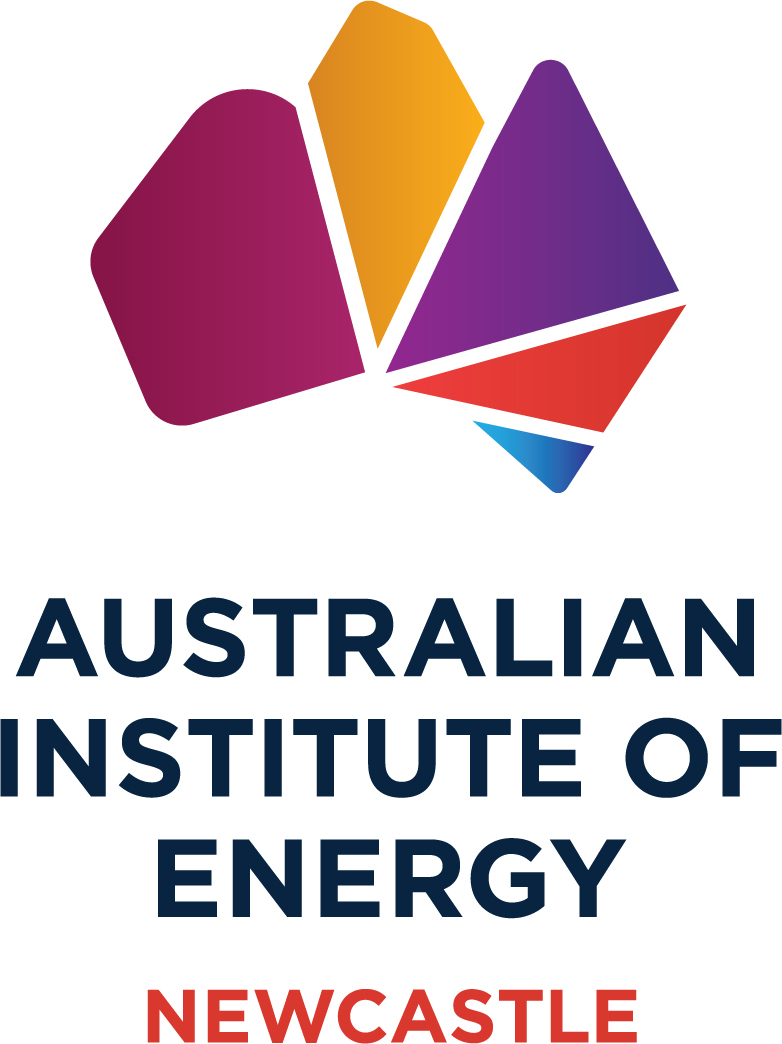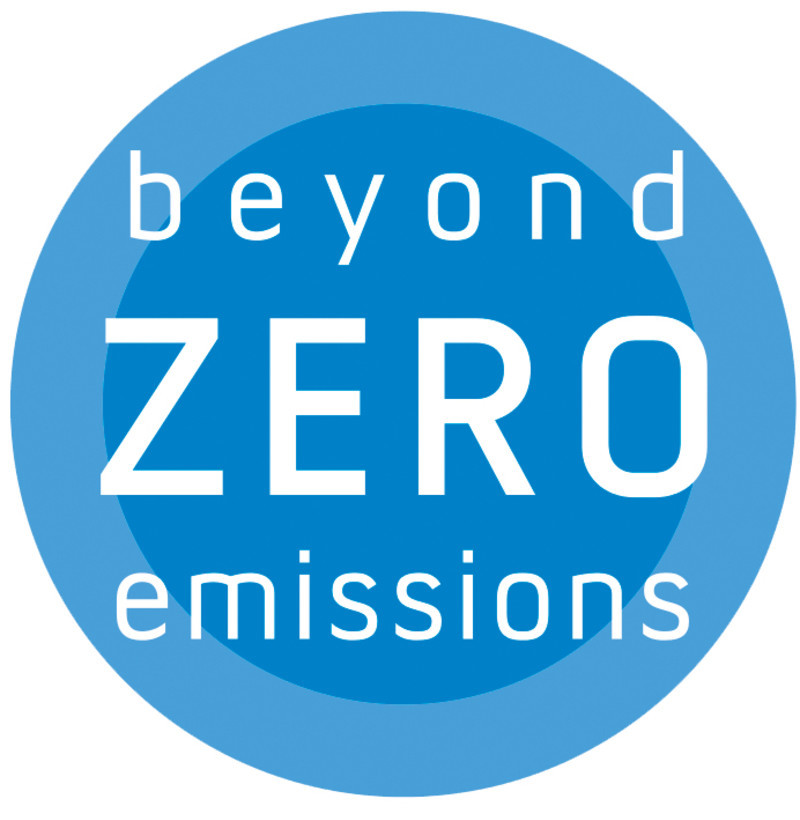CEC study supports case for batteries as the new clean peaker
The Clean Energy Council's new study proves that large-scale battery storage is now the superior choice for electricity peaking services, based on cost, flexibility, services to the network and emissions.

According to the Clean Energy Council's new paper, Battery Storage – The New, Clean Peaker, batteries are cheaper than open-cycle gas turbine plants for providing electricity peaking services.
The paper compares a new 250 MW gas peaker with a 250 MW four-hour grid-scale battery, finding that the battery provides cost savings of more than 30 per cent while offering greater flexibility and significantly reducing emissions intensity.
The Australian Energy Market Operator anticipates that between 6 GW and 19 GW of new dispatchable resources will be needed across the National Electricity Market by 2040.
Batteries are now the most prudent choice to meet this level of dispatchable capacity, a fact reflected in the market by both real projects and an estimated $6 billion investment pipeline.
Since 2018, 8.9 GW of large-scale battery storage has been financially committed, proposed and/or approved in Australia. This represents 42,000 construction and installation jobs and 11,000 ongoing operations and maintenance jobs.
This staggering momentum has seen 15 large-scale battery storage projects announced this year alone, representing 6.6 GW of capacity and $4.3 billion in investment.














